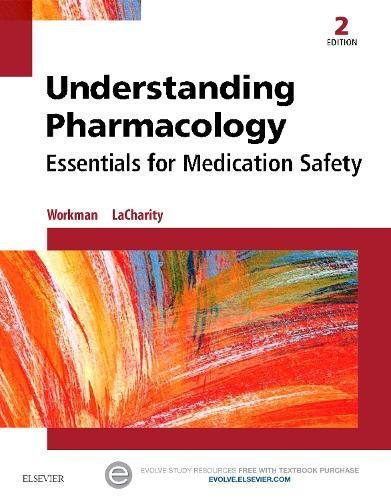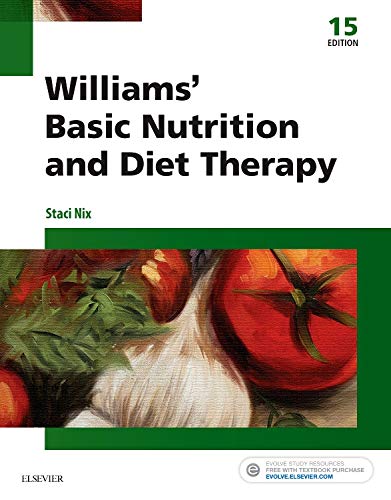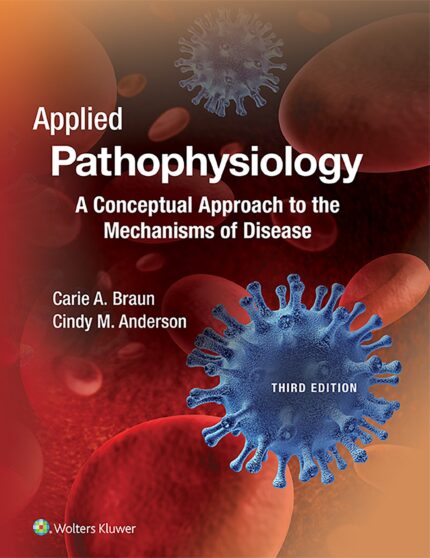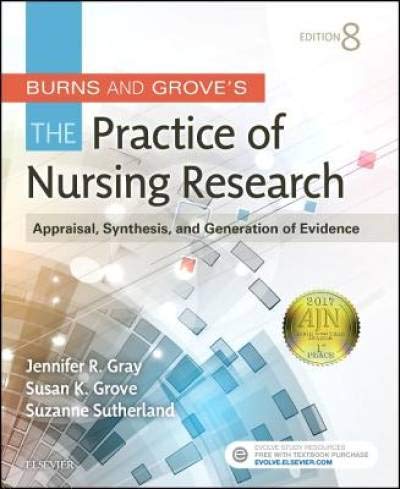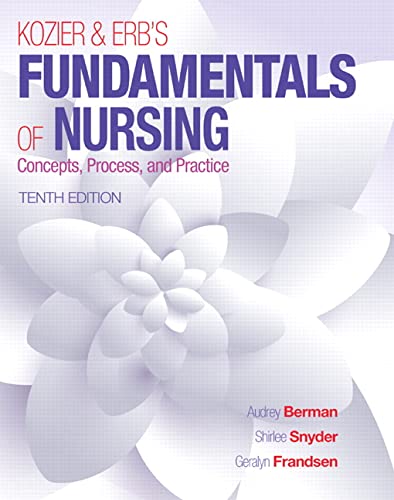Test Bank for Understanding Pharmacology Essentials for Medication Safety 2nd Edition by M. Linda Workman
Test Bank For Understanding Pharmacology Essentials for Medication Safety 2nd Edition by M. Linda Workman
Understanding Pharmacology Essentials for Medication Safety 2nd Edition by M. Linda Workman – Test Bank
Understanding Pharmacology Essentials for Medication Safety 2nd Edition
Understanding Pharmacology Essentials for Medication Safety
Chapter 01: Drug Regulation, Actions, and Responses
Workman & LaCharity: Understanding Pharmacology: Essentials for Medication Safety, 2nd
Edition
MULTIPLE CHOICE
BASIC CONCEPTS
1. Which health care professional has the major responsibility for dispensing prescribed
drugs under the direction of a pharmacist?
a. Physician
b. Nurse practitioner
c. Licensed nurse
d. Pharmacy technician
ANS: D
The physician and nurse practitioner have the major responsibility for prescribing drugs, not
dispensing them. The licensed nurse has the primary responsibility for administering drugs,
although under some circumstances a licensed nurse may dispense prescribed drugs but this is
not his or her major responsibility in drug therapy. The pharmacy technician has the major
responsibility of dispensing prescribed drugs under the direction of a licensed pharmacist.
DIF: Cognitive Level: Remembering REF: p. 3
2. Which term describes the effect of a drug that improves body function?
a. Side effect
b. Intended action
c. Adverse reaction
d. Idiosyncratic response
ANS: B
The purpose of drug therapy is to take a drug to prevent, reduce, or correct a health problem.
This response is any drug’s intended action also known as therapeutic response.
DIF: Cognitive Level: Remembering REF: p. 3
3. Which type of drug name is “owned” by the company that manufactures it?
a. Generic name
b Chemical name
c.Category name
d. Trade name
ANS: D
The chemical name is a drug’s exact chemical composition. The generic name is the name
assigned to the drug by the U.S. Adopted Names Council and is not owned by anyone. The
category name refers to the type of drug (what it does or what it is used for) and is not an actual
drug name. The trade name (brand name) is the name provided and owned by a specific drug’s
manufacturer.
DIF: Cognitive Level: Remembering REF: p. 4
4. Which drug or drug class is a “high alert” drug?
a. Penicillin
b. Insulin
c. NSAIDs
d.Calcium
ANS: B
A high alert drug is one in which harm is likely to result if given at the wrong dose, to the wrong
patient, or not given to the correct patient. Drugs classified as high alert drugs include potassium,
narcotics (opioids), insulin, cancer chemotherapy drugs, and heparin (or any drug that strongly
affects blood clotting). Penicillin, NSAIDs, and calcium are not considered high alert drugs.
DIF: Cognitive Level: Remembering REF: p. 4
5. What is the term for a drug that has the same action as a naturally occurring body
hormone or enzyme?
a. Agonist
b. Blocking agent
c. Chemical
d. Duplicator
ANS: A
A drug agonist is an extrinsic drug that activates the receptor sites of a cell and mimics the
actions of naturally occurring body substances (intrinsic drugs). A blocking agent is a drug
antagonist. A chemical would not necessarily be a drug at all. A duplicator is not a pharmacologic
term.
DIF: Cognitive Level: Remembering REF: pp. 6-7
6. Which term describes how the body affects drug activity?
a. Drug potency
b. Pharmacodynamics
c. Therapeutic effect
d. Pharmacokinetics
ANS: D
The term pharmacokinetics refers to drug metabolism and how the body changes a drug.
Pharmacodynamics refers to how a drug works to change body function. Drug potency refers to
how strongly or to what degree a drug exerts its effects. The therapeutic effect is closer to
pharmacodynamics, meaning how a drug works to change body function.
DIF: Cognitive Level: Remembering REF: p. 10
7. In the United States, which group is responsible for enforcing established standards for
drug manufacturing?
a. U.S. Pharmacopeia
b. National Institutes of Health
c. Food and Drug Administration
d.Association of Pharmaceutical Manufacturers
ANS: C
The standards for drug manufacture are established by the U.S. Pharmacopeia. These standards
are enforced by the Food and Drug Administration. Neither the National Institutes of Health nor
the Association of Pharmaceutical Manufacturers has any authority to enforce drug standards.
DIF: Cognitive Level: Remembering REF: p. 5

